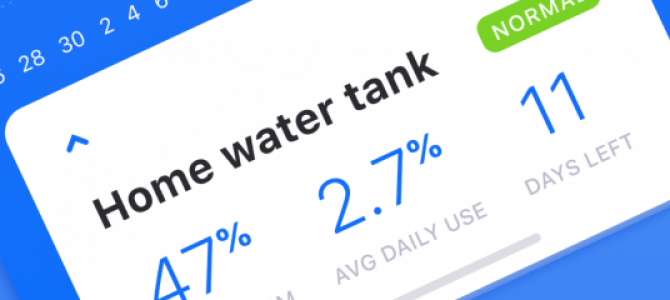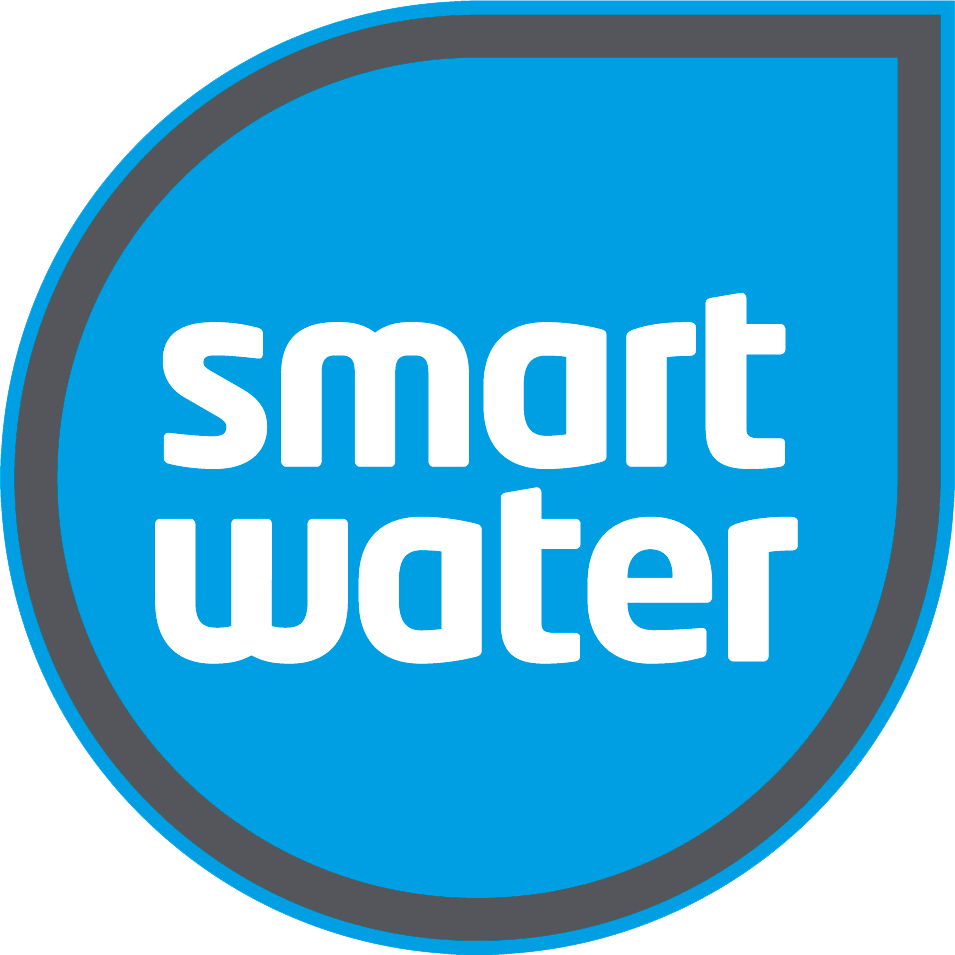 Shopping Cart
Shopping Cart
10 June 2024
Keeping Tabs: Why Monitoring Water Levels Matters

Water is a precious and vital resource. It sustains life, keeps us healthy, and is essential for countless household and industrial functions. But how often do we truly consider how much water we use or how much is readily available?
For environmentalists, homeowners, and water conservation advocates, understanding and monitoring water levels is crucial, not just to prevent inconvenient outages, but to promote responsible water management in both residential and commercial settings.
This blog post will delve into the significance of water monitoring, tools and techniques available, real-world case studies, the role of individuals and communities, and future innovations in this critical field.
The Significance of Water Monitoring
Water monitoring involves tracking the usage, levels, and quality of water in various settings. The broader implications of not monitoring water levels can be severe:
- Environmental Impact: Unregulated water usage can lead to the depletion of natural water sources like rivers, lakes, and aquifers, affecting ecosystems and biodiversity.
- Community Impact: Lack of water monitoring can result in shortages, impacting agriculture, industrial activities, and day-to-day living.
- Individual Homeowners: For homeowners, not monitoring water usage can lead to wastage, high utility bills, and potential water damage due to leaks.
Water monitoring is a fundamental aspect of water conservation and environmental sustainability, ensuring that this vital resource is used efficiently and preserved for future generations.
Tools and Techniques for Water Monitoring
There are various methods, both traditional and modern, for monitoring water levels:
Traditional Methods
- Manual Gauging: This involves physically measuring water levels in wells, tanks, and reservoirs using tools like dip tapes and float gauges.
- Visual Inspection: Regularly checking for leaks, damp spots, and unusual water flow in plumbing systems.
Technological Advancements
- Smart Water Meters: These devices provide real-time data on water usage, helping users identify patterns and detect anomalies.
- Remote Sensors: Deployed in wells and tanks, these sensors send data to cloud-based platforms, allowing for continuous monitoring and alerts on unusual changes.
- Mobile Apps: Integrated with smart water meters and sensors, these apps offer users detailed insights and notifications about their water usage.
One of the most significant advancements is the smart water tank level indicator. These devices not only track water levels but also monitor for unusual usage patterns. For instance, a sudden drop in tank level, even when the tank isn't empty, could signal a hidden leak. Early detection allows for prompt repairs, potentially saving thousands of gallons of water and hundreds of dollars in wasted utility bills.
Case Studies of Successful Water Monitoring
Residential Success Story
Consider the case of a New Zealand homeowner who installed a smart water meter in her house. Within a month, the device detected an unusual spike in water usage. Upon inspection, Jane discovered a hidden leak in her irrigation system that was wasting over 50 gallons of water daily. Early detection helped her save money on her water bill and prevented further damage to her garden.
Commercial Impact
For commercial buildings, the importance of water level monitoring is even more pronounced. A study by the Alliance for Water Efficiency found that leaks in commercial buildings can account for up to 10% of total water use. One prominent example is a hotel chain that implemented smart water level indicators across its properties. These devices identified multiple leaks and inefficiencies, leading to significant cost savings and a reduction in their overall water footprint.
Community Initiative
In a rural community, local authorities installed remote sensors in the primary water reservoir. These sensors provided continuous data, alerting the community to potential drought conditions early. As a result, the community could take proactive measures, such as rationing and seeking alternative water sources, ensuring a stable water supply throughout the dry season.
The Role of Individuals and Communities
Everyone has a role to play in water conservation, and monitoring water levels is a great place to start. Here’s how individuals and communities can contribute:
Homeowners
- Install Smart Water Meters: These devices offer real-time insights into water usage, enabling homeowners to detect leaks and inefficient practices.
- Regular Checks: Conduct periodic inspections of plumbing systems to catch leaks early.
- Educate Family Members: Raise awareness about water conservation practices among household members.
- Install Water Tanks: Collect and store rainwater for garden irrigation and non-drinking purposes, reducing reliance on mains water and conserving this precious resource.
Communities
- Community Monitoring Programs: Establish local initiatives to monitor communal water sources and educate residents about water conservation.
- Collaborate with Local Authorities: Work with local governments to implement advanced water monitoring technologies in public infrastructures.
- Promote Awareness Campaigns: Use social media, workshops, and local events to spread awareness about the importance of water monitoring and conservation.
Future Directions and Innovation in Water Monitoring
As technology continues to advance, so does the potential for more sophisticated water monitoring solutions:
Upcoming Trends
- AI and Machine Learning: These technologies can analyse vast amounts of data from water monitoring devices to predict usage patterns, detect anomalies, and suggest efficient practices.
- IoT Integration: The Internet of Things (IoT) enables interconnected devices to provide comprehensive insights into water systems, leading to smarter water management.
- Blockchain Technology: Blockchain can ensure data integrity and transparency in water usage records, fostering trust and accountability among water users.
Potential Impact
These innovations promise to enhance environmental sustainability by making water monitoring more accurate, efficient, and accessible. They empower individuals, businesses, and communities to make data-driven decisions that promote responsible water usage and conservation.
Conclusion
Monitoring water levels is more than just a preventative measure; it is a proactive step towards a sustainable future. By leveraging advanced technologies and promoting awareness, we can ensure that we use this precious resource efficiently and responsibly.
By understanding the importance of water monitoring, employing the right tools and techniques, and looking towards future innovations, we can make a significant impact on water conservation and environmental sustainability. Let's all do our part!
